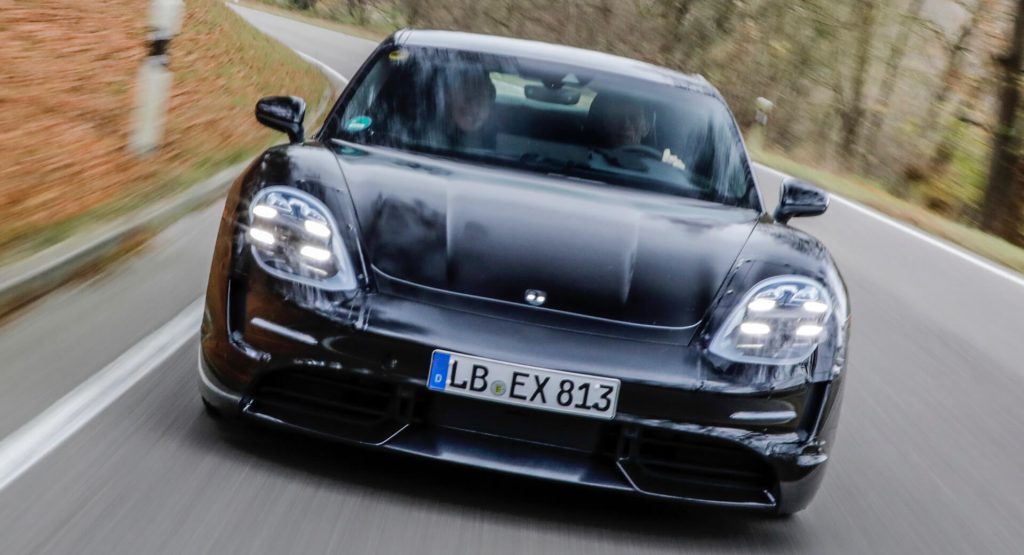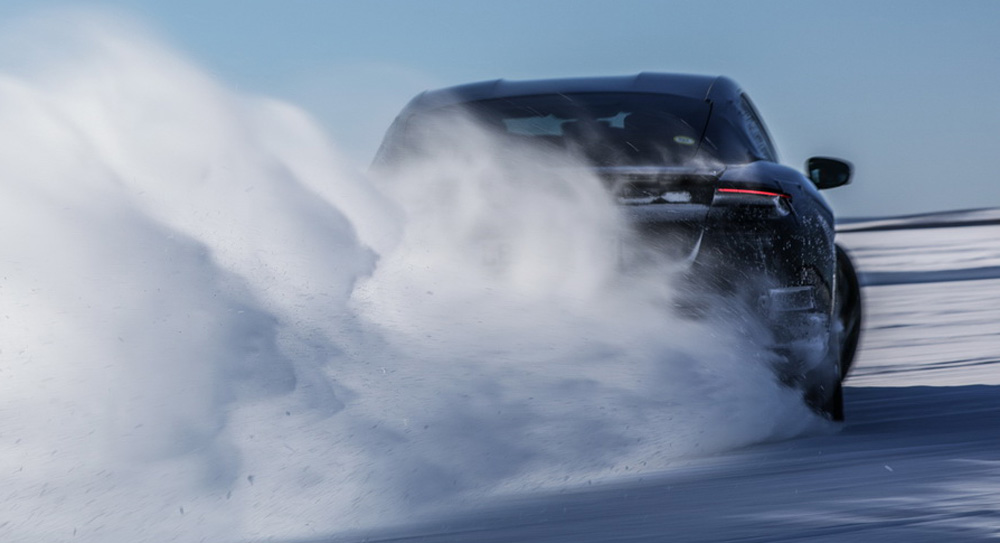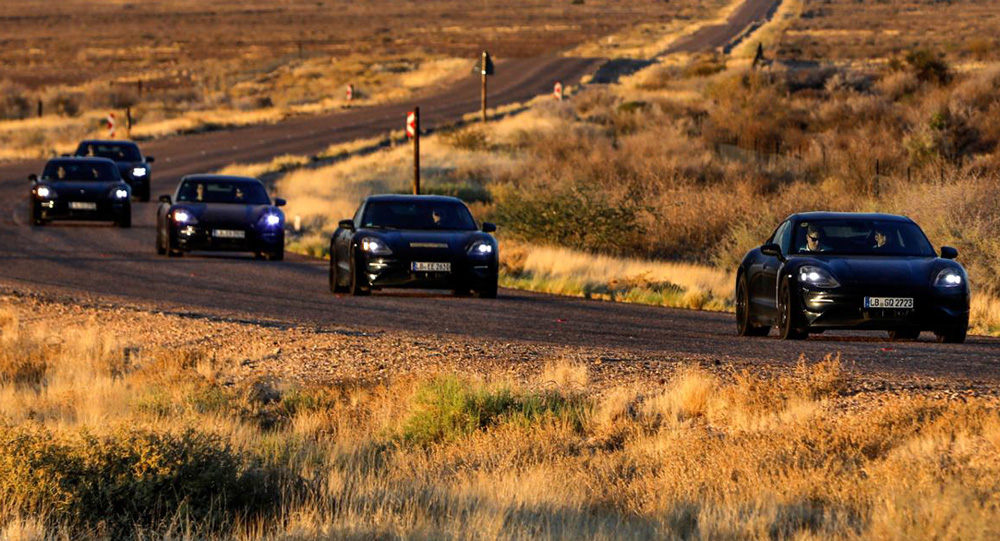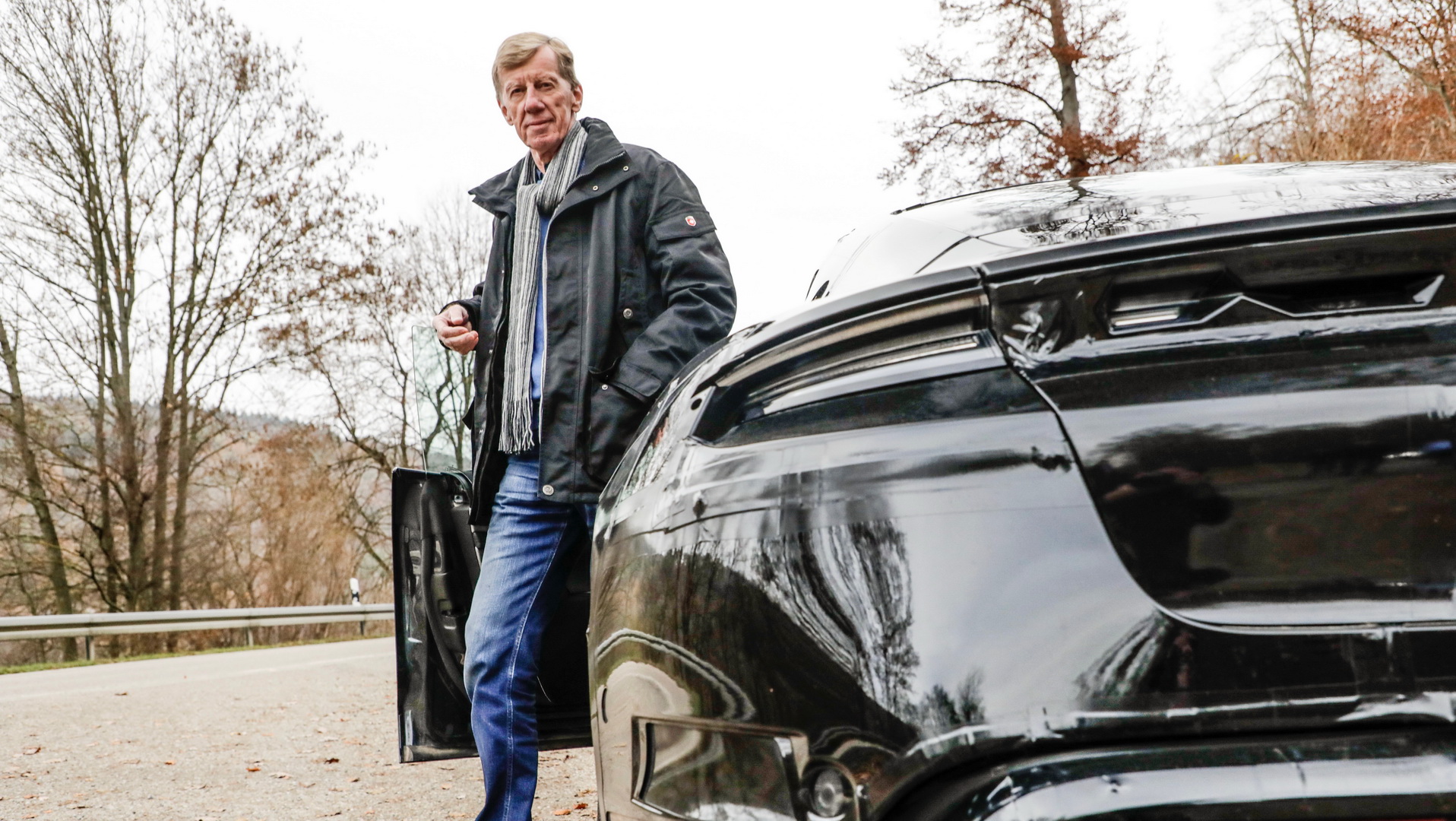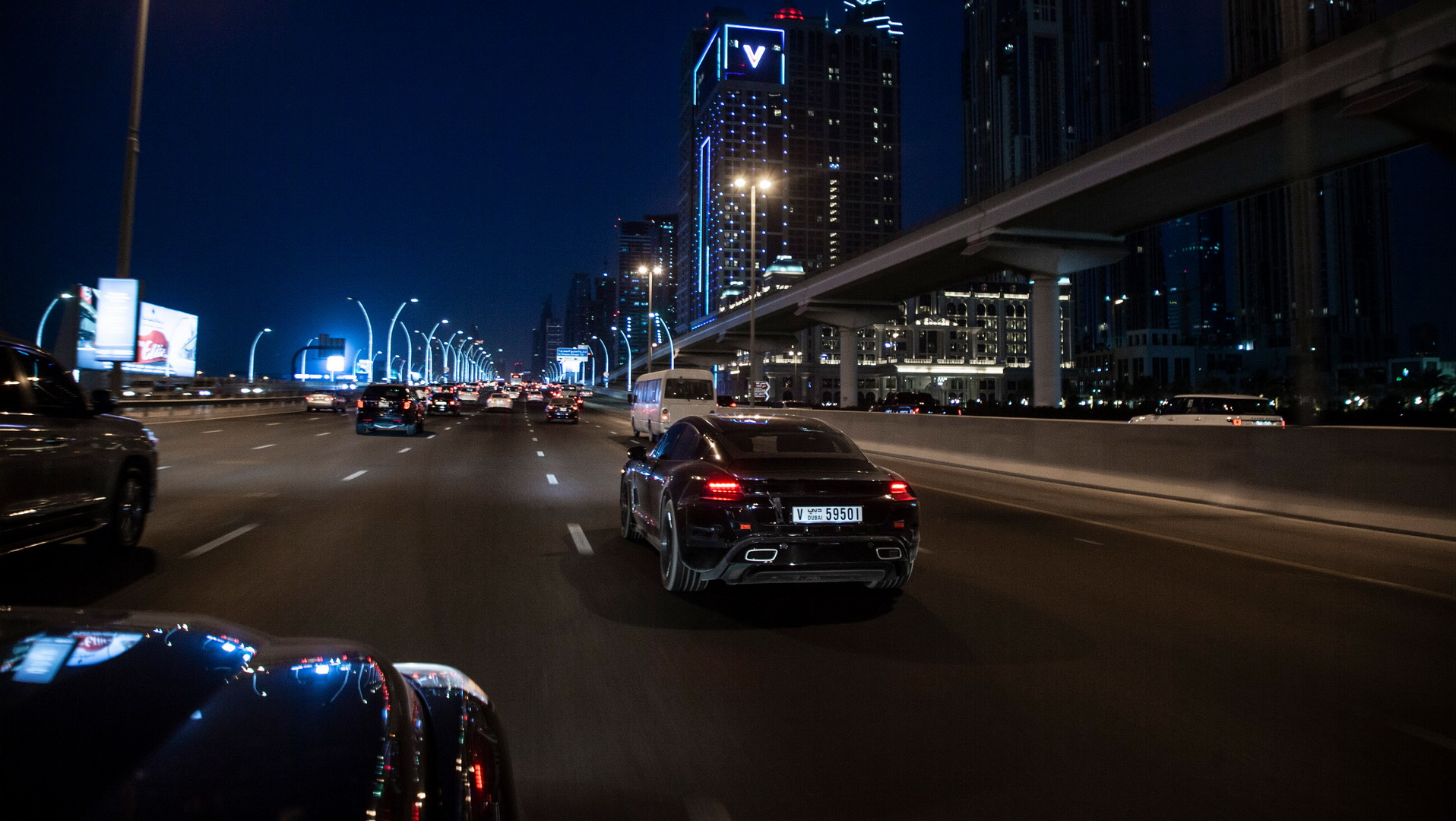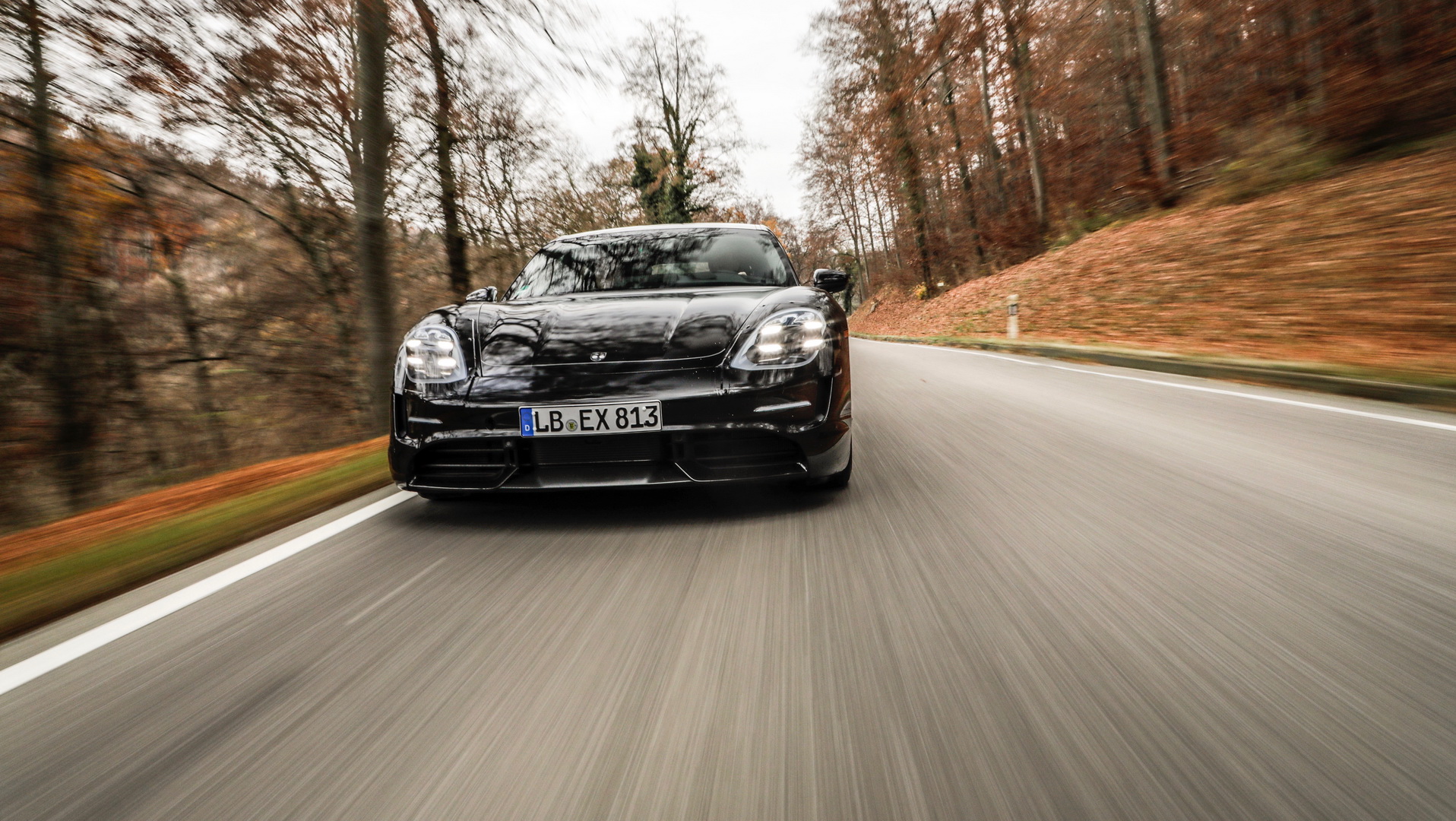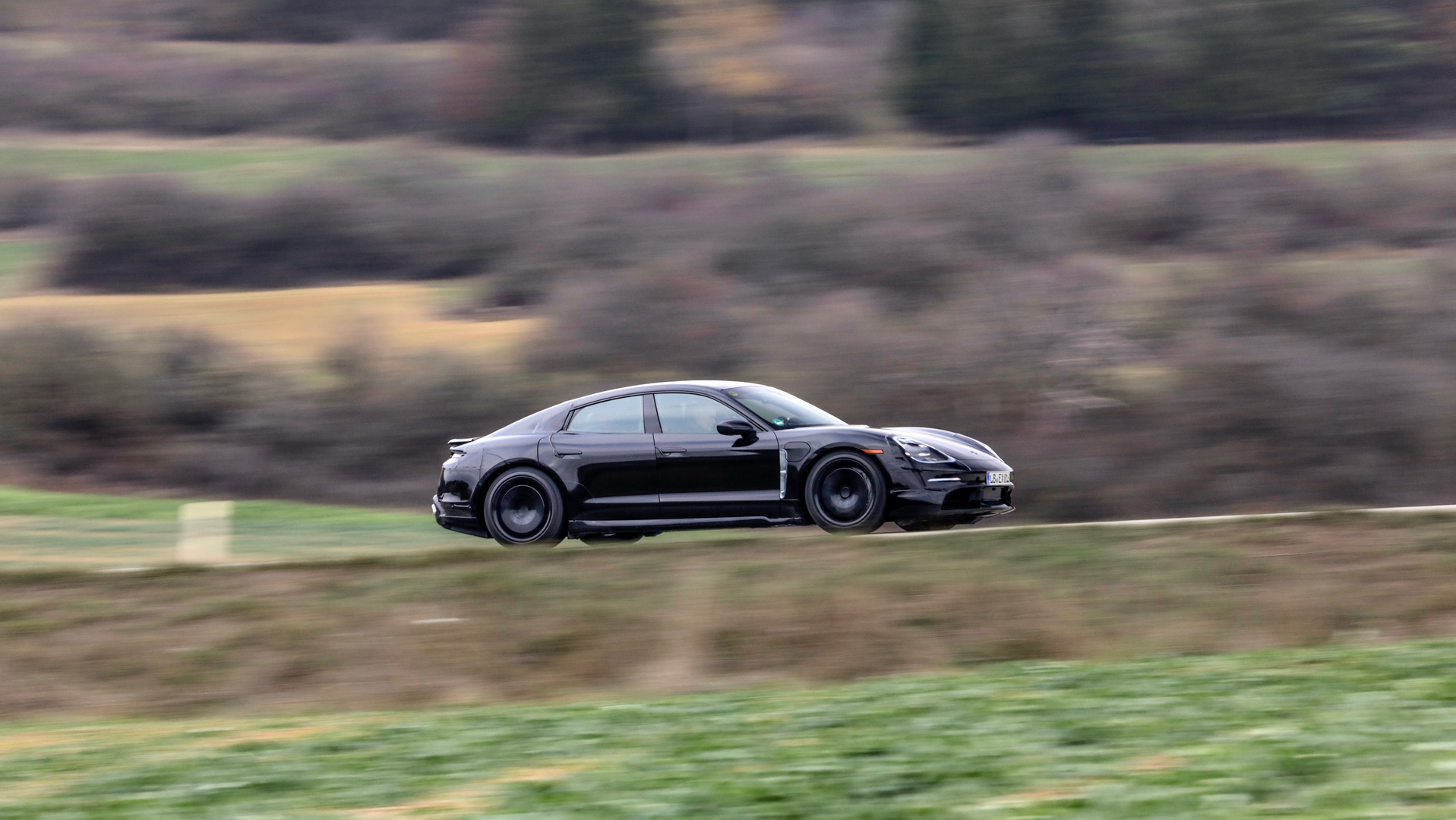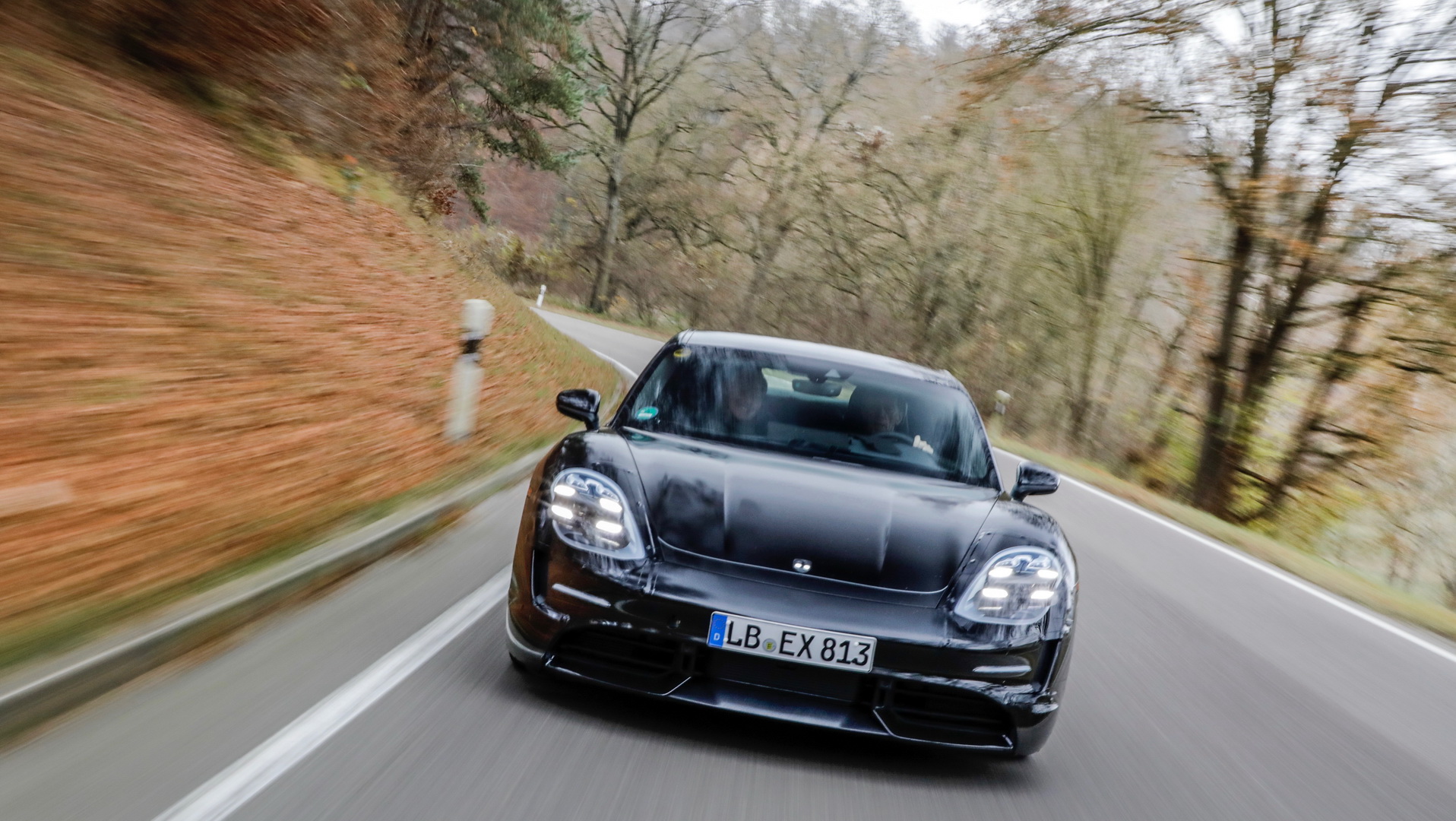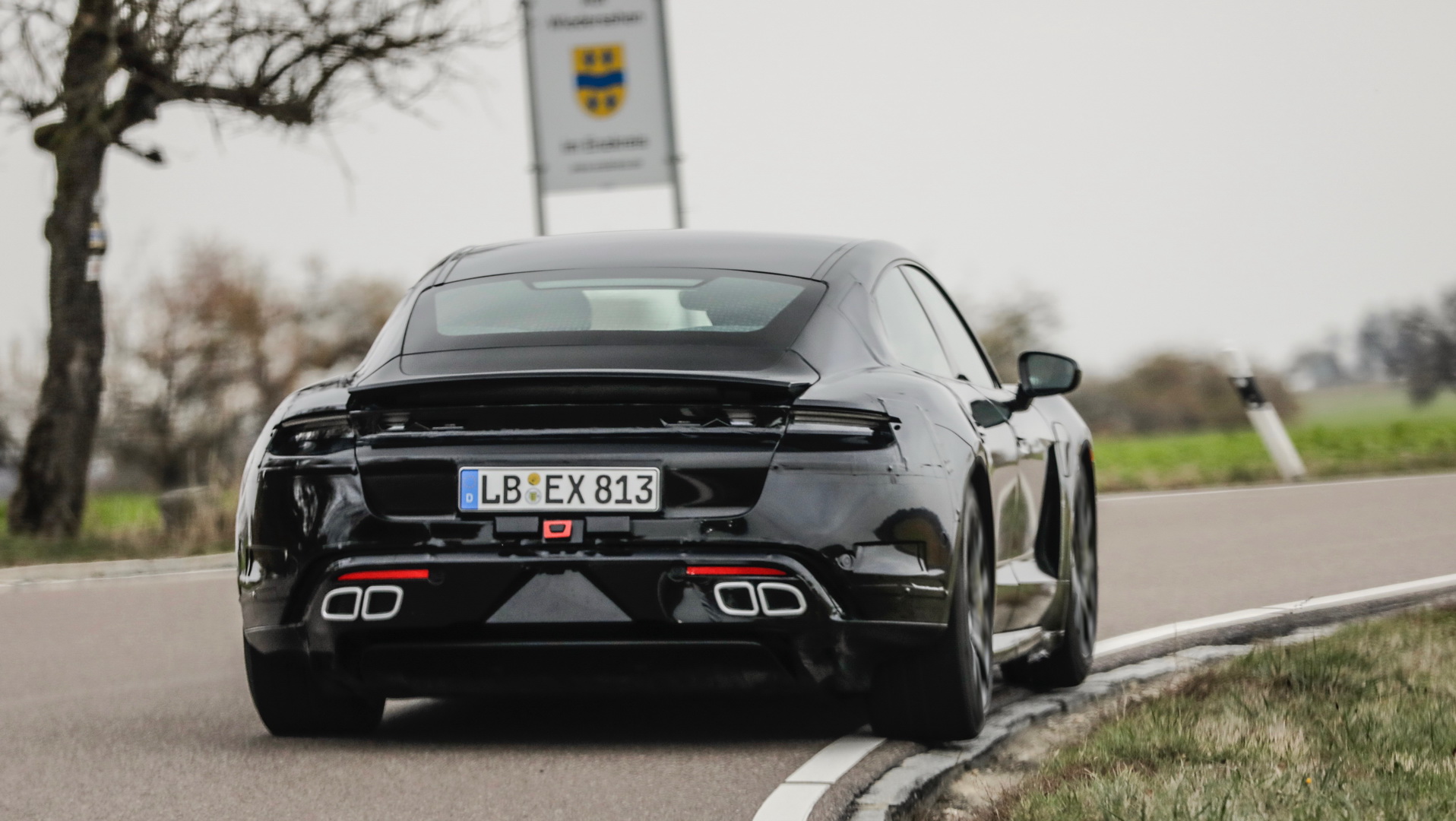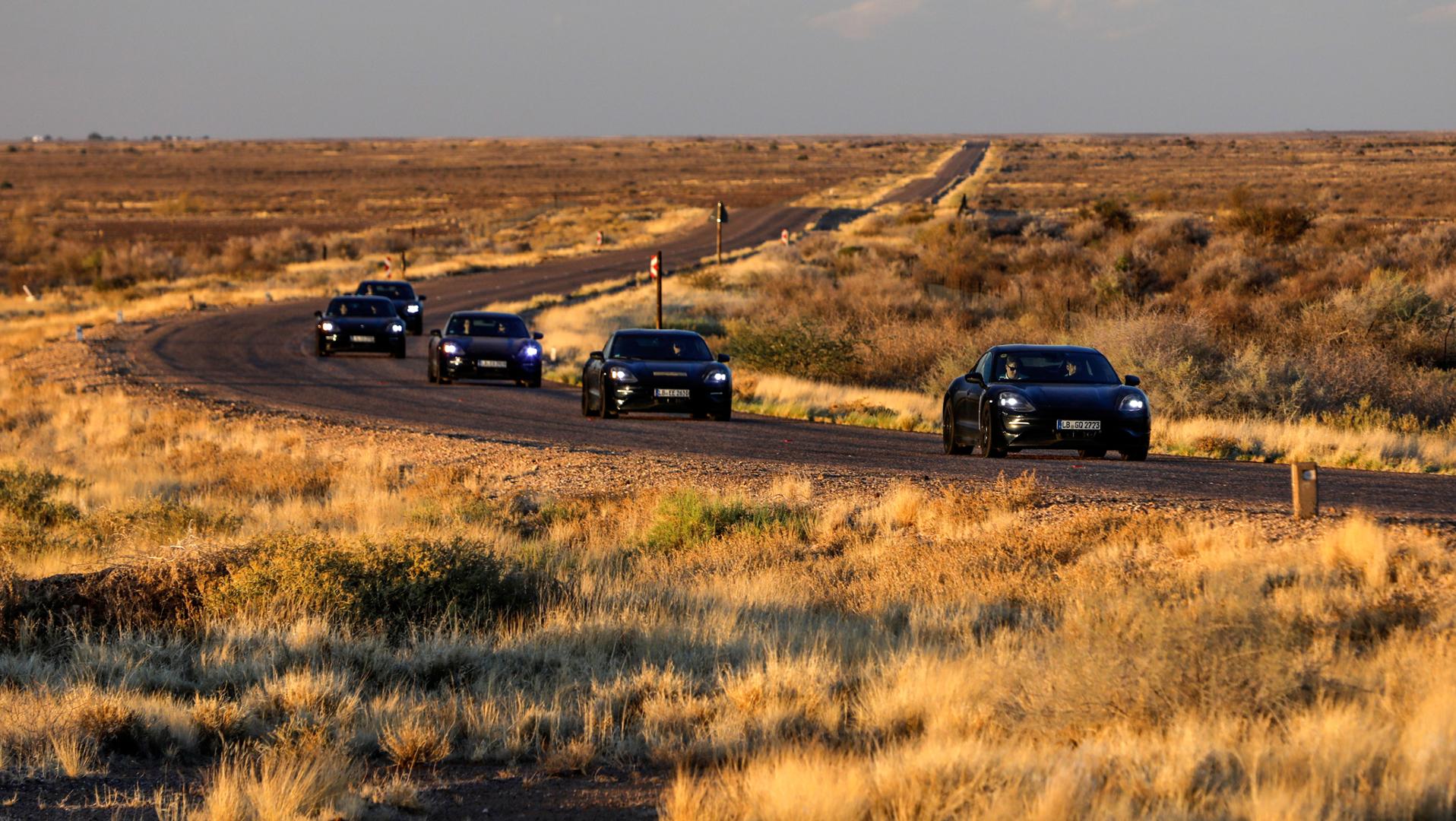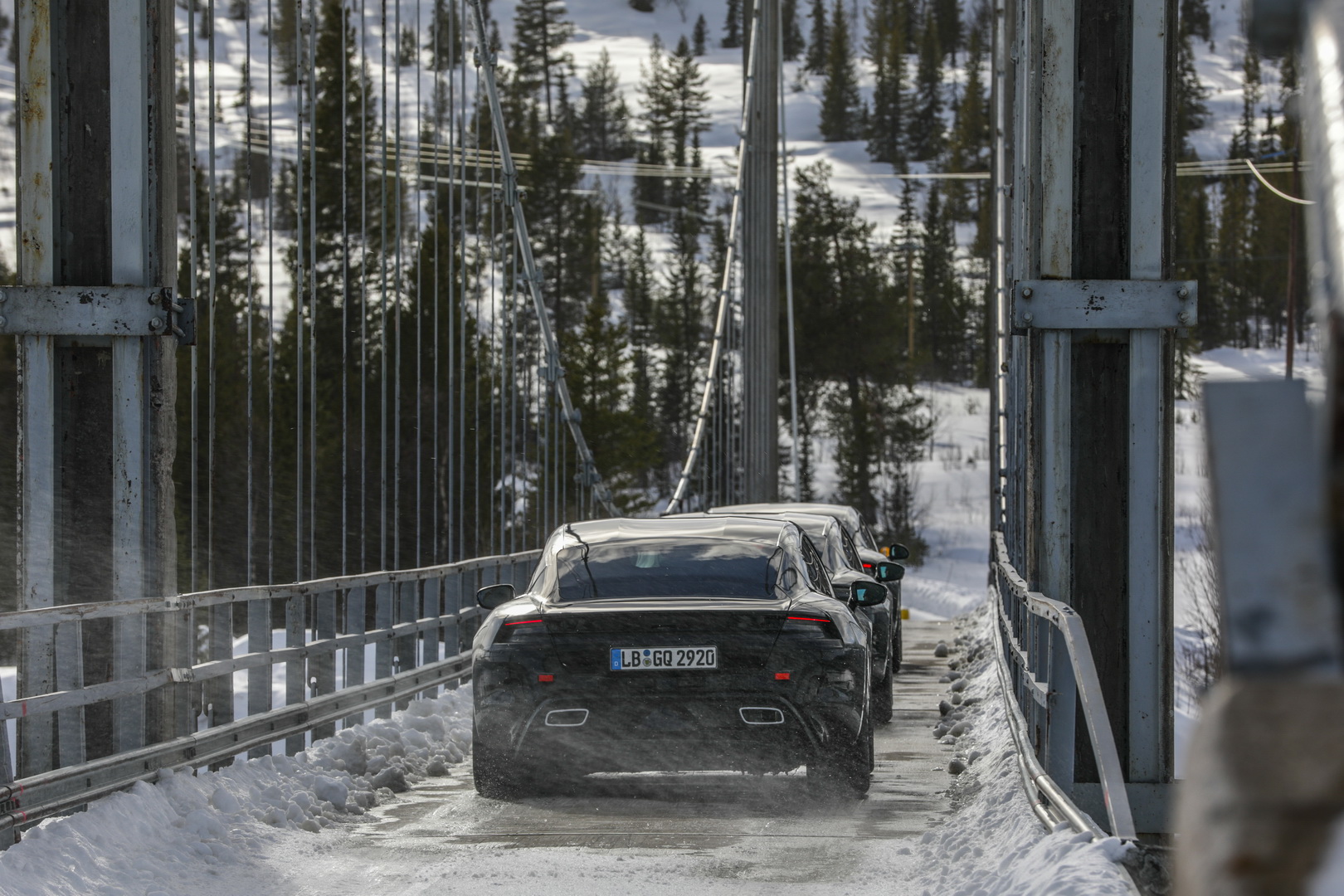In six months from now, Porsche will lift the curtain for their first fully-electric vehicle, the Taycan. Right now, they are putting the finishing touches on it and, as we speak, the car is still being tested in different climates all over the world.
In Scandinavia, close to the Arctic Circle, the Taycan is being driven in snow and ice, proving that it can cope with the white stuff like a champ. In South Africa, engineers are conducting performance tests, and in Dubai, hot-climate endurance runs and testing the battery charging under extremely hot conditions.
Overall, the electric Porsche has been tested in temperatures ranging between minus 35 and plus 50 degrees Celsius (-31 to 122 degrees Fahrenheit), in 30 countries, including the United States, China, Finland and the United Arab Emirates. Air humidity varied between 20 and 100 percent and the altitude from 85 meters (279 ft) below to 3,000 meters (9,843 ft) above sea level. During this time, the batteries were charged more than 100,000 times.
Also Watch: Porsche Taycan Drive Instantly Converts Walter Röhrl From EV Hater To Believer
For the extensive testing program, Porsche has used around 1,000 test drivers, engineers and technicians. Between them, the will have covered approximately 6 million kilometers (3.7 million miles) before the car launches at the end of the year, including 2 million kilometers (1.2 million miles) of endurance runs.
“After carrying out computer simulations and comprehensive bench tests early on, we have now reached the final phase of this demanding testing program”, said Stefan Weckbah, VP of the model line. “Before the Taycan is launched on the market at the end of the year, we will have covered approximately six million kilometers across the globe. We are already very happy with the current status of the vehicles. The Taycan is going to be a true Porsche.”
Porsche has also used digital prototypes in the development of the Taycan. These were “built “on computers taking into account every aspect of the real car and then “driven” for more than 10 million kilometers (6.2 million miles) at various virtual locations, including the Nurburgring. At the famous German track, the people behind the project focused on the electrical energy management, which was critical in helping the car achieve a sub-8-minute lap.
With an estimated range of more than 500 km (311 miles) in the NEDC cycle, the Taycan can accelerate to 100 km/h (62 mph) in less than 3.5 seconds in the range-topping model. Plugging the battery in for just four minutes will give it a 100 km (62 miles) range (NEDC) thanks to its 800-volt electrical system.



